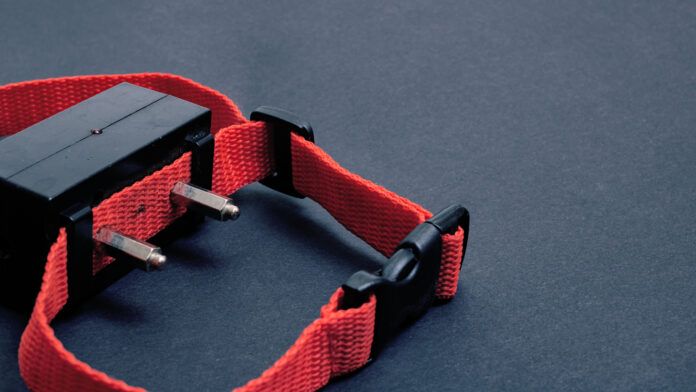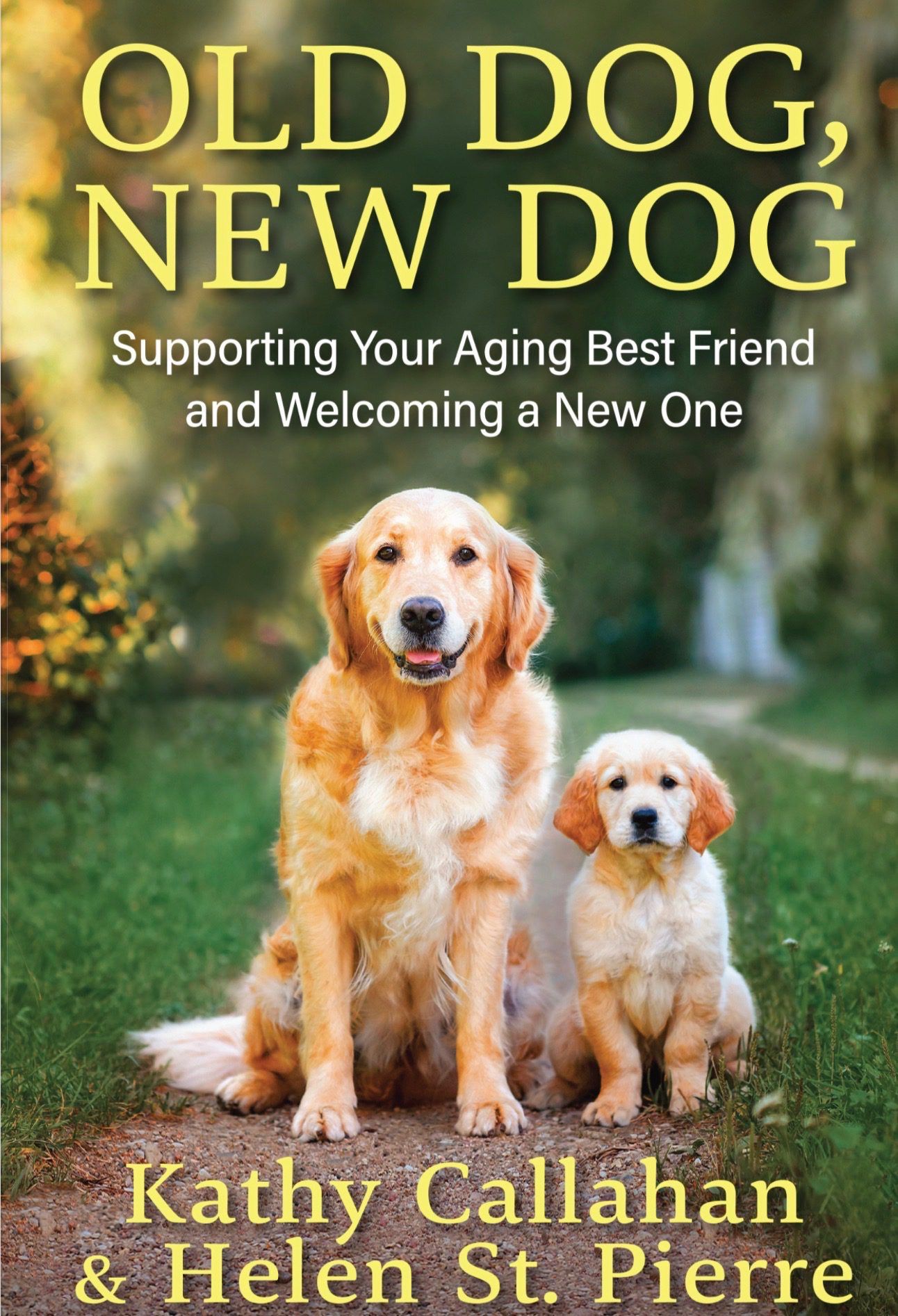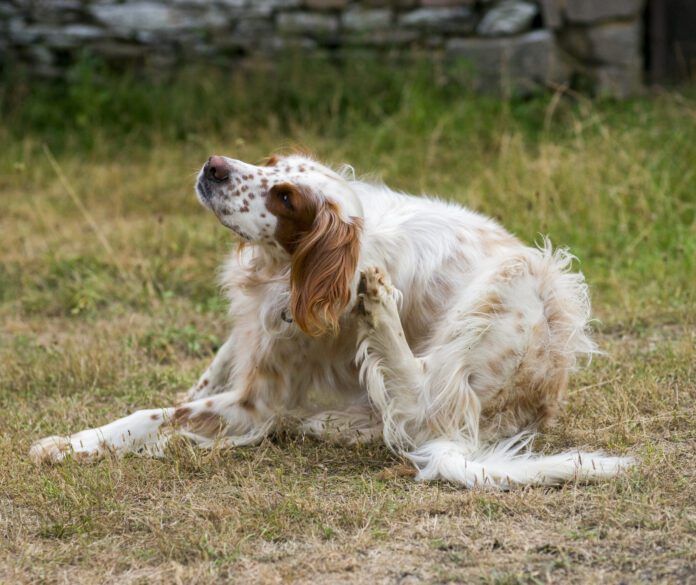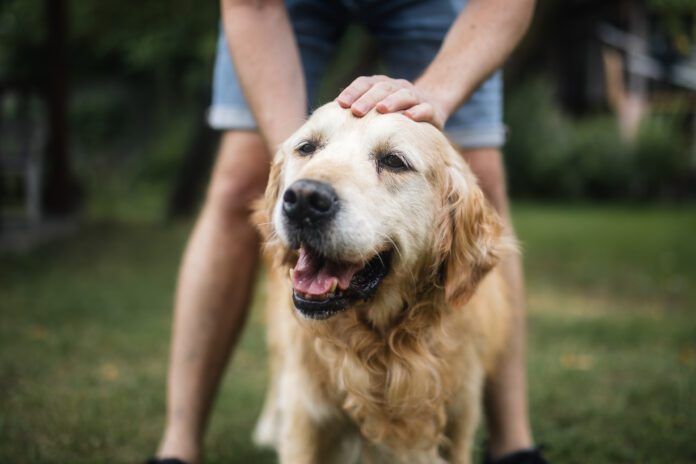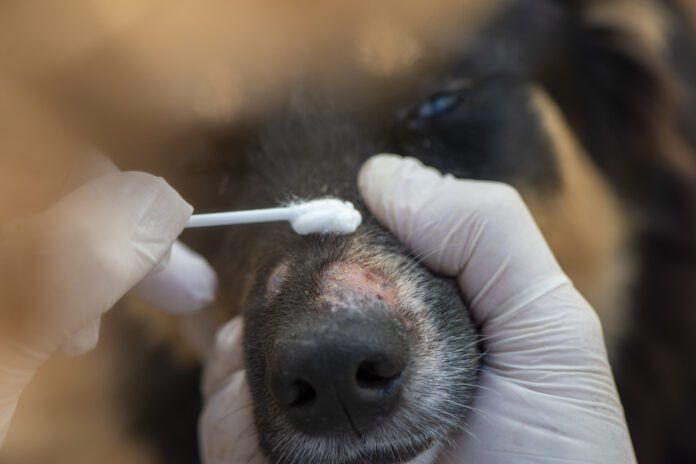E-collars are dog-training devices used to deliver several stimuli to the dog wearing the collar, including auditory, vibration, and electric shock. There are several e-collar devices available: remote-controlled, noise-activated, and “fenceless” containment systems. The collars are designed to pair the auditory and/or vibration stimulus with the delivery of the shock so that dogs learn to avoid the electric stimulus by performing the desired behavior. E-collars have been used in dog training since the 1960s and remain controversial today, having been banned in many countries.
The E-Collar Dog Training Debate
With the rise of social media and dog training “influencers,” e-collars have gained more traction due to a resurgence in their popularity. In addition, a number of scientific studies conducted over the past 20 years have investigated the efficacy, benefits, and drawbacks of training dogs with e-collars.
Opponents of e-collars argue that they cause pain, are no more effective than humane, reward-based training methods, and negatively impact welfare (Blackwell & Casey, 2006; Schilder & van der Borg, 2004).
Supporters of e-collars argue that pain experienced during training is not the worst possible consequence for dogs and that the devices are a valuable training aid for addressing problem behavior such as predatory chasing and poor recall (Johnson & Wynne, 2024). Supporters of e-collars believe they “saves lives” by addressing problem behavior that would otherwise lead to euthanasia.
The Problems With E-Collar Dog Training
Despite claims that modern e-collars can be used at low levels without causing harm, research and expert consensus overwhelmingly caution against their use due to significant welfare concerns.
The Impact of Pain, Discomfort, and Fear on Learning and Behavior
E-collars rely on aversive stimulation to suppress undesired behavior, and research has shown that punishment-based methods can cause stress, fear, and pain, which can negatively impact learning and behavior. For example, studies comparing dog training with a shock collar to positive reinforcement methods found that dogs trained with e-collars showed more stress behaviors such as lip licking, yawning, and lowered body posture (Cooper et al 2014).
In a study by Schilder & van der Borg (2004), behavioral responses from dogs during a training sessions that had a history of e-collar training were compared to a group of dogs who had not previously been trained with an e-collar. The researchers observed that the dogs who had previous e-collar training showed more signs of stress and had presumably learned to associate their owner with receiving shocks, even outside of the normal training context. They concluded that shocks received during training are not only unpleasant but also painful and frightening and that the welfare of dogs trained with e-collars is at stake.
Do Tone and Vibration Features Have a Place in Training?
Manufacturers of e-collars often claim that the tone and vibration settings provide a “non-aversive” way to gain a dog’s attention, serving as a neutral signal or recall cue. These claims suggest that vibration or auditory signals can replace positive reinforcement training methods by offering a quick and reliable way to communicate with dogs. However, there is little scientific evidence to support the idea that these cues are inherently neutral or positive from the dog’s perspective. Instead, their effectiveness often relies on the same principles of avoidance learning and negative reinforcement that make shock training problematic.
Another issue with tone and vibration training is that it assumes all dogs perceive these stimuli in a uniform way. However, behavioral science emphasizes that learning and emotional responses are highly individual and context dependent. This means that some dogs may habituate to vibration or tone cues, whereas others may experience increased stress, confusion, or even fear-based reactions.
Ethical Considerations and Welfare Implications
The use of shock collars in dog training raises a number of ethical concerns about the humane treatment of our canine companions. Indeed, prominent veterinary, animal behavior, and animal welfare organizations have taken a position against e-collar use in recent years, stating that the stress, anxiety, fear, and potential for aggression caused by e-collars are too great for e-collars to be a recommended training tool. Furthermore, e-collars have been banned or heavily restricted in many countries and states across the world due to animal welfare concerns.
Why Fear-Free Dog Trainers Don’t Use E-Collars
Fear-free dog trainers don’t use e-collars because they recognize the adverse effects these devices can have on dog behavior, learning, and welfare. Instead, fear-free trainers focus on the use of good management practices, positive reinforcement, keeping dogs under threshold for fear and anxiety, and training with consistency rather than looking for a “quick fix.”
Science-Backed Alternatives to E-Collar Dog Training
Modern behavioral science overwhelmingly supports the use of positive reinforcement training as the most effective and humane method for modifying behavior in dogs. Numerous studies show that reward-based training leads to improved learning outcomes, better welfare, and a stronger human-animal bond. In contrast, aversive training methods like e-collars increase fear, anxiety, and aggression (Ziv, 2017; de Castro et al., 2020).
For example, China et al (2020) found that reward-based training was more efficient than methods that included potentially aversive stimuli such as electric stimuli. They concluded that the professional use of a reward-focused training regime was superior to e-collar training and that an e-collar is unnecessary for effective recall training. Given the additional potential risks to the animal’s wellbeing associated with use of a shock collar, they concluded that dog training with these devices causes unnecessary suffering due to the increased risk that a dog’s wellbeing will be compromised through their use without good evidence of improved outcomes.
Positive reinforcement is considered the gold standard because research shows dogs trained with rewards are more engaged, retain learned behavior for longer, and exhibit less stress-related behavior.
Other science-backed alternatives to e-collar training include:
- Capturing – The dog offers the desired behavior and is reinforced.
- Luring and targeting – Food or a target is used to guide the dog to perform the desired behavior.
- Differential reinforcement – Alternative, more desirable behavior is reinforced in favor of the problem behavior (for example, sitting instead of jumping up).
- Good management – Preventing rehearsal of unwanted behavior through proactive management (e.g., baby gates) to help set dogs up to succeed.
The Future of Dog Training Without E-Collars
A growing body of research on dog behavior, training, and welfare suggests that reward-based training is not only generally better for dog welfare and dog-owner interactions but is also proving more effective than aversion-based training for successful training outcomes.
E-Collars have the potential to cause unnecessary harm to dogs and that is why their use has been banned in many countries to date. Prioritizing positive reinforcement training and avoiding e-collars and other harsh training tools leads to better welfare and a stronger, more trusting bond between dog and owner.


